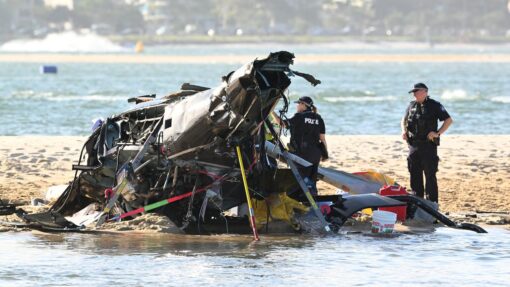Govt lagging on bird flu threat to wildlife: experts
Tracey Ferrier |
The federal environment minister has been accused of doing little to prepare for what could be the greatest threat to Australian wildlife since the Black Summer fires.
A highly pathogenic strain of bird flu has been sweeping the world killing legions of poultry and wild birds but also mammals including seals and sea lions. Domestic animals including dogs and cats are also at risk.
Experts fear it could reach Australia within months as migratory birds arrive for spring. But the issue wasn’t on the agenda when Tanya Plibersek met with state and territory environment ministers three weeks ago.
On Wednesday, the federal agriculture minister announced $7 million to boost Australia’s readiness for H5 High Pathogenicity Avian Influenza, which is not the same as the virus currently affecting Australian poultry farms.
Most of the money will go to a national surveillance program that looks for evidence of the virus in wild birds and to Animal Health Australia, which is investigating the potential of commercial avian influenza vaccines.

But the Invasive Species Council says there’s been a wholesale failure by environment ministers to prepare for impacts on native wildlife, including endangered species like endangered Australian sea lions.
Recent research has provided strong evidence of mammal-to-mammal transmission but experience overseas shows animals like seals and sea lions are most likely to get sick by eating infected birds.
In Europe, mortality rates in some species have been greatly reduced when teams were deployed to gather up infected carcasses.
Invasive Species Council campaigner Jack Gough wants to know where the response plans are for places like Kangaroo Island, which has the third largest breeding colony of Australian sea lions.
“It’s probably the biggest immediate threat to wildlife we have. Environment departments have washed their hands of the issue because they see it as an agriculture department issue – that is the fundamental problem.
“This will be on the scale of the Black Summer bushfires in terms of impact if it turns up. And yet no real preparation has occurred despite the fact that it’s urgent, with experts saying this could turn up in the next three months.”
Australia is the last continent that remains free of H5N1 but with the annual influx of migratory birds from bird flu hot spots in Asia and elsewhere, that’s not expected to last long.
AAP has sought comment from Ms Plibersek’s office.
In November last year, AAP asked what the minister and her department were doing to prepare for the bird flu threat and what input they’d had to ensure Australia was ready for ecological impacts, not just agricultural ones.
The department responded, saying the federal agriculture department was the lead on biosecurity matters.
But it said it was working closely with the agriculture department to examine potential impacts for Australia’s wildlife.
“This work also considers any additional preparedness and response arrangements that might be warranted, focused on areas of responsibility such as Commonwealth-managed or jointly managed areas,” a spokesperson said at the time.
AAP


